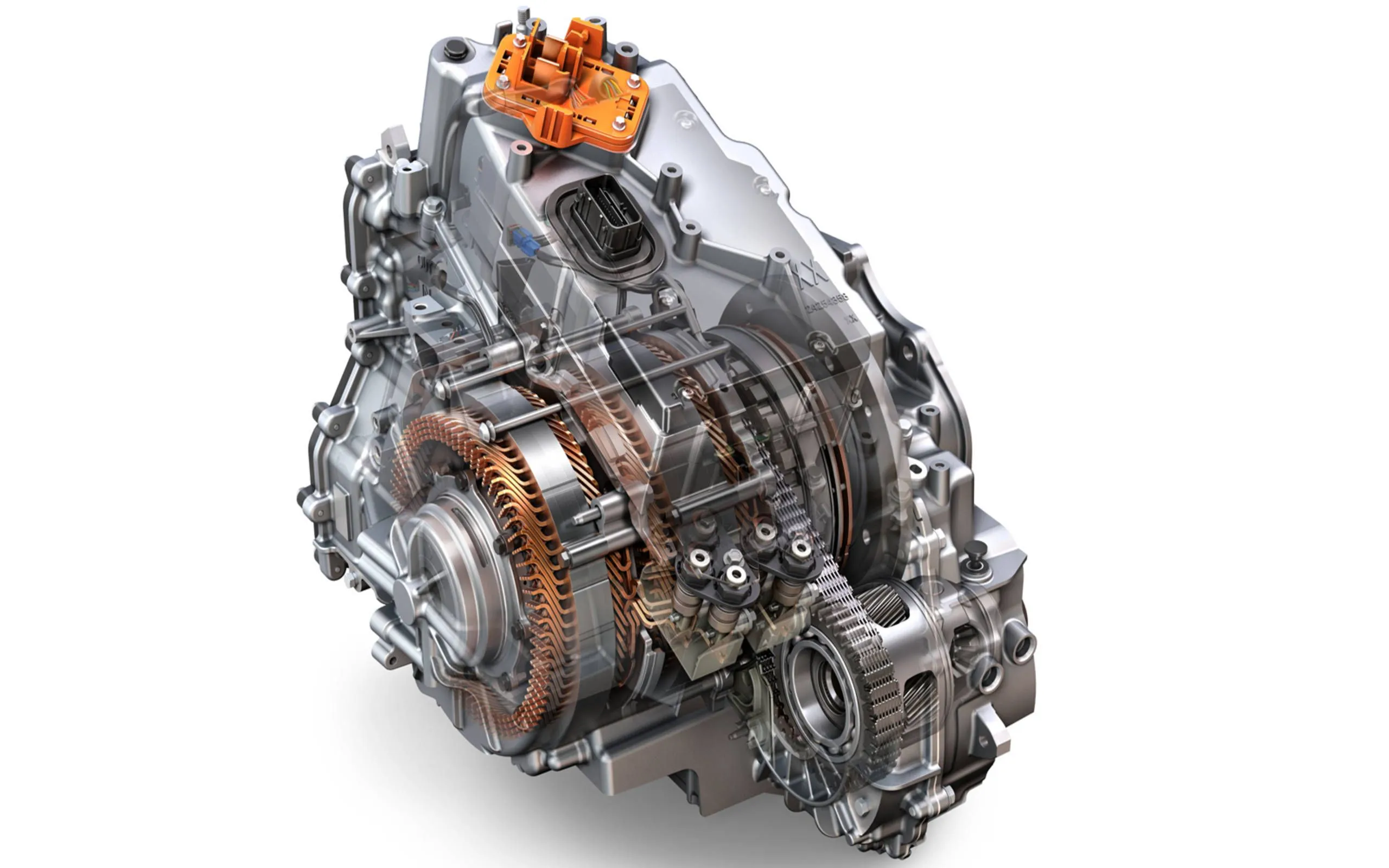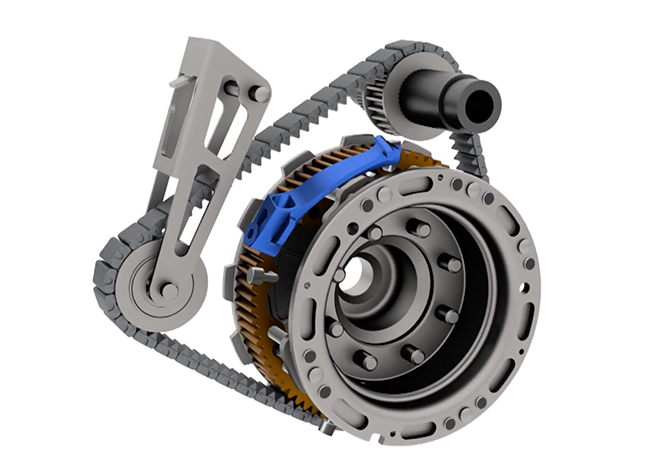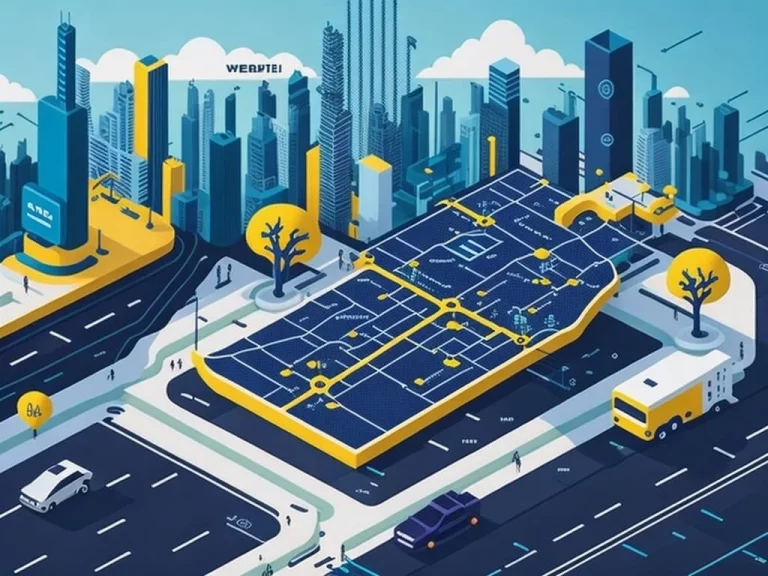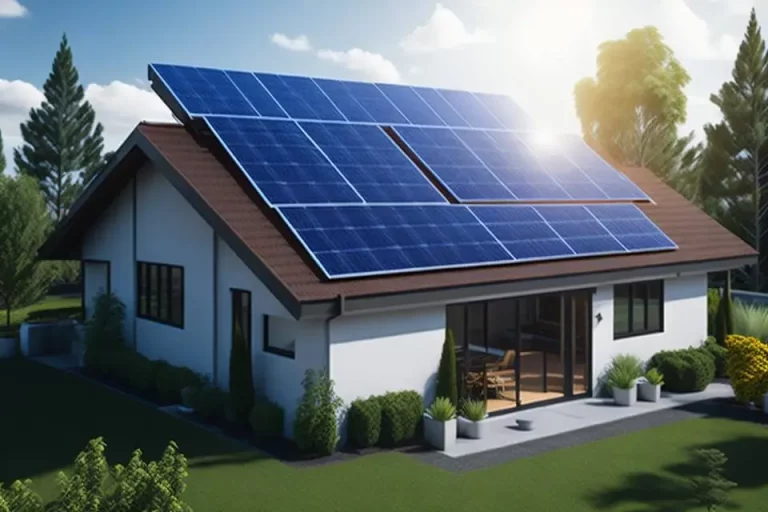Electric vehicles are the future of transportation, and they are quickly becoming more popular every day. As a mechanical engineer, I can tell you that the mechanical components of an electric vehicle are vastly different from those of a traditional combustion engine car.
Let’s take a closer look at the mechanical workings of an electric vehicle.
How Does the Electric Engine Work?
The engine of an electric vehicle operates on the principle of electromagnetism. Electric motors work by using a magnetic field to create motion. The electric motor consists of a rotor, which is the rotating part of the motor, and a stator, which is the stationary part of the motor.

The rotor contains a series of electromagnets that interact with the magnetic field created by the stator. This interaction creates a rotational force that is then transferred to the wheels of the car, resulting in motion.
Terminology info: Actually electric engines are called Motors.
Read this other article to learn more about electric vehicles’ drivetrains.
Torque and How is it Different in EVs?
Torque is the rotational force produced by an engine. In traditional combustion engine cars, torque is generated through the combustion of fuel and air in the engine. In electric vehicles, however, torque is generated by the interaction of the magnetic fields in the electric motor.
This means that electric vehicles have instant torque, meaning that the car can accelerate quickly and smoothly from a standstill.
How Does the Reduction System Work?
The reduction system is an essential component of the electric vehicle drivetrain. It reduces the speed of the electric motor and increases the torque output. The reduction system uses a series of gears to reduce the speed of the electric motor and increase the torque output.
This is necessary because the electric motor operates at a high speed, and the wheels of the car require much less speed but much more torque.
After all, this part is very similar to traditional vehicles regardless of the technology. The concept is the same just the reduction is linear with no shifts.
However, there are new inventions introducing 2 shift system in the reduction. To learn more about it read this very interesting article on Inmotive 2 Speed Transmission.

How Does the Transmission System Work?
Unlike traditional combustion engine cars, electric vehicles do not have a traditional transmission system. Instead, the electric motor is connected directly to the wheels through the reduction system.
This means that there are no gears to shift in an electric vehicle, and the car can accelerate smoothly and quickly from a standstill.
Final Thoughts
In conclusion, the mechanics of an electric vehicle are vastly different from those of a traditional combustion engine car. The electric engine operates on the principle of electromagnetism, generating instant torque and resulting in smooth acceleration.
The reduction system and transmission system work together to reduce the speed of the electric motor and increase the torque output. The simplicity of the drivetrain makes electric vehicles much simpler to design and manufacture, resulting in lower costs and higher reliability.
So, what are you waiting for? Join the electric vehicle revolution and experience the future of transportation for yourself!





